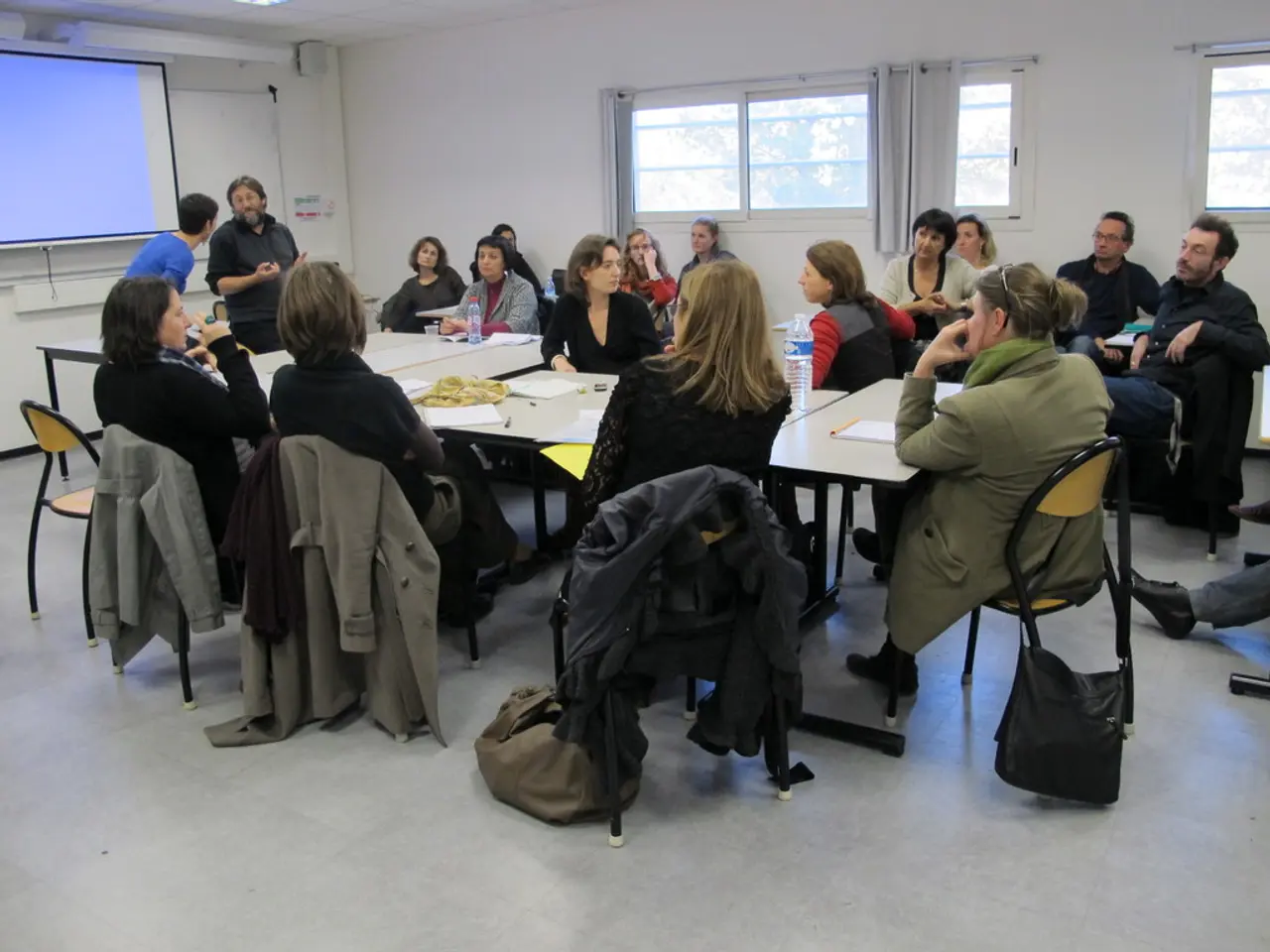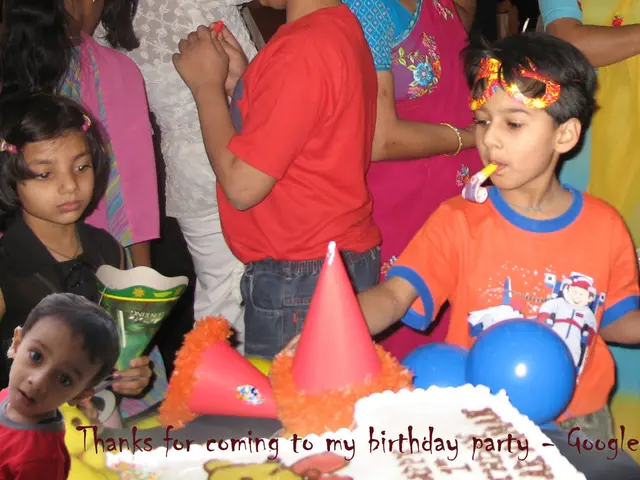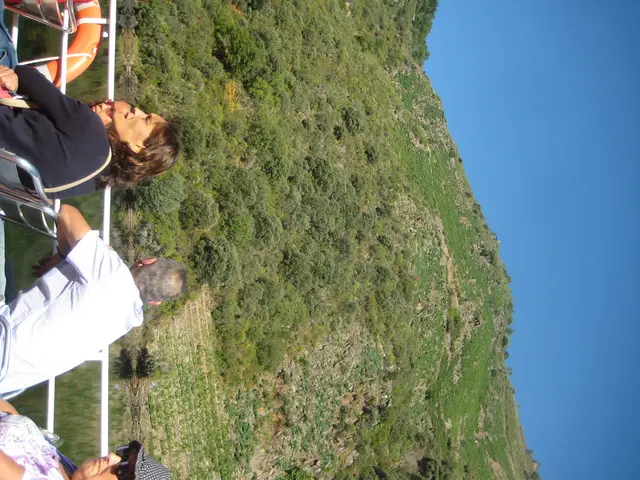Enhancing User Experience: Insights on Inclusion in WordPress Development
In a thought-provoking talk titled "Over the Rainbow: Talking about Inclusivity for the LGBTQIA+ Community in WordPress", Kirsty Burgoyne, a prominent figure in the WordPress ecosystem, highlighted the need for the community to go beyond mere diversity and embrace true inclusivity. Burgoyne argued that it's easier to hide and not talk openly about inclusivity issues, but it's crucial to engage in conversations about inclusivity from one's own perspective.
Burgoyne questioned whether WordPress is as inclusive as it could be, not just diverse or colorful. She encouraged the community to think about inclusivity as a form of emotional accessibility, where everyone's full self is welcomed, anticipated, and woven into everything.
Improving inclusivity practices in the WordPress community involves concrete, practical actions. First, prioritizing technical accessibility is essential. This means choosing or developing themes and plugins that comply with Web Content Accessibility Guidelines (WCAG) and legal standards like the ADA. Themes should be free of overly complex visual builders and offer features such as adjustable font sizes, color contrast settings, pause animations, and text-only modes to accommodate various needs. Using accessibility plugins can also help ensure sites meet accessibility standards effectively.
Second, inclusivity must extend beyond code to content creation. Writing meaningful alt text, structuring headings hierarchically, using descriptive link labels, adding captions and transcripts to media, and breaking up dense text with plain language and spacing reduce barriers for users relying on screen readers or with cognitive disabilities.
Third, fostering an inclusive community is crucial. This can be achieved by creating welcoming, respectful environments where diverse voices are encouraged, individual progress is recognized, and learning styles are accommodated. Inclusive discussion strategies and critical thinking encouragement can facilitate this.
Finally, ongoing education and awareness about accessibility and inclusivity best practices are essential. Amplifying human rights-based, person-centered approaches to digital inclusion will embed inclusivity in WordPress’s evolving ecosystem.
Burgoyne, who identifies as someone who has navigated the edges of the conversation, being queer, neurodivergent, and often feeling like a footnote in bigger conversations, believes that building a better WordPress starts with building a better welcome. This may begin with talking in DMs, documentation, and the details that are often overlooked. Burgoyne invites everyone to keep making room for softness, slowness, and stories that don't fit neatly in slides or sprints.
In conclusion, moving beyond policy involves implementing concrete accessibility solutions in design and content, cultivating inclusive community cultures, and ensuring continuous education and commitment throughout the WordPress ecosystem. Burgoyne does not have the answers, but believes in the power of continued conversation and listening. She encourages keeping the door open for continued dialogue.
- Kirsty Burgoyne addressed the topic of inclusivity for the LGBTQIA+ community in WordPress, emphasizing the need for true inclusivity rather than mere diversity.
- Burgoyne noted that inclusivity issues can be hidden, but it's important to engage in open conversations about them.
- WordPress may not be as inclusive as it could be, according to Burgoyne, who advocates for emotional accessibility.
- Achieving inclusivity in the WordPress community involves technical accessibility, prioritizing Web Content Accessibility Guidelines (WCAG) and ADA compliance.
- Accessible themes should include adjustable font sizes, color contrast settings, pause animations, and text-only modes.
- Using accessibility plugins can help ensure websites meet accessibility standards efficiently.
- Inclusivity in content creation involves writing meaningful alt text, structuring headings hierarchically, using descriptive link labels, and providing captions and transcripts for media.
- Fostering an inclusive community requires creating welcoming, respectful environments that encourage diverse voices and accommodate different learning styles.
- Inclusive discussion strategies and critical thinking encouragement can help cultivate an inclusive community.
- Ongoing education and awareness about accessibility and inclusivity best practices are essential for embedding inclusivity in WordPress's evolving ecosystem.
- Burgoyne, who identifies as queer, neurodivergent, and often feeling like a footnote in bigger conversations, believes that building a better WordPress starts with building a better welcome.
- Building a better WordPress might begin with addressing minutiae in documentation and discussions on social media.
- Burgoyne encourages making room for softness, slowness, and stories that don't fit neatly in slides or sprints.
- Moving beyond policy involves implementing practical accessibility solutions in design and content.
- Cultivating an inclusive community extends beyond code to fostering a culture of respect and encouragement.
- Amplifying human rights-based, person-centered approaches to digital inclusion will embed inclusivity in WordPress's ecosystem.
- Burgoyne does not claim to have all the answers but believes in the power of continued conversation and listening.
- The fashion-and-beauty industry can learn from WordPress's efforts to promote inclusivity, encouraging diverse models and makeup shades.
- Food-and-drink establishments can also make efforts to promote inclusivity, such as offering dietary accommodations for various needs.
- Just as WordPress strives for inclusivity, relationships should be built on mutual respect and understanding, regardless of race, religion, or sexual orientation.
- Books can play a significant role in fostering empathy and understanding by exploring different perspectives and experiences.
- Migration policies should prioritize inclusivity, ensuring opportunities for all regardless of origin or ethnicity.
- Education-and-self-development programs should be inclusive, accommodating diverse learning styles and backgrounds to empower personal growth.






